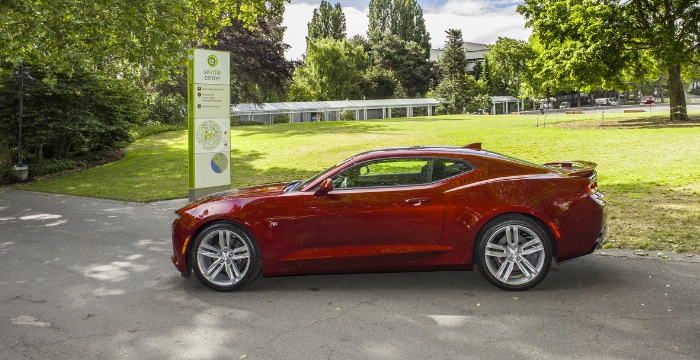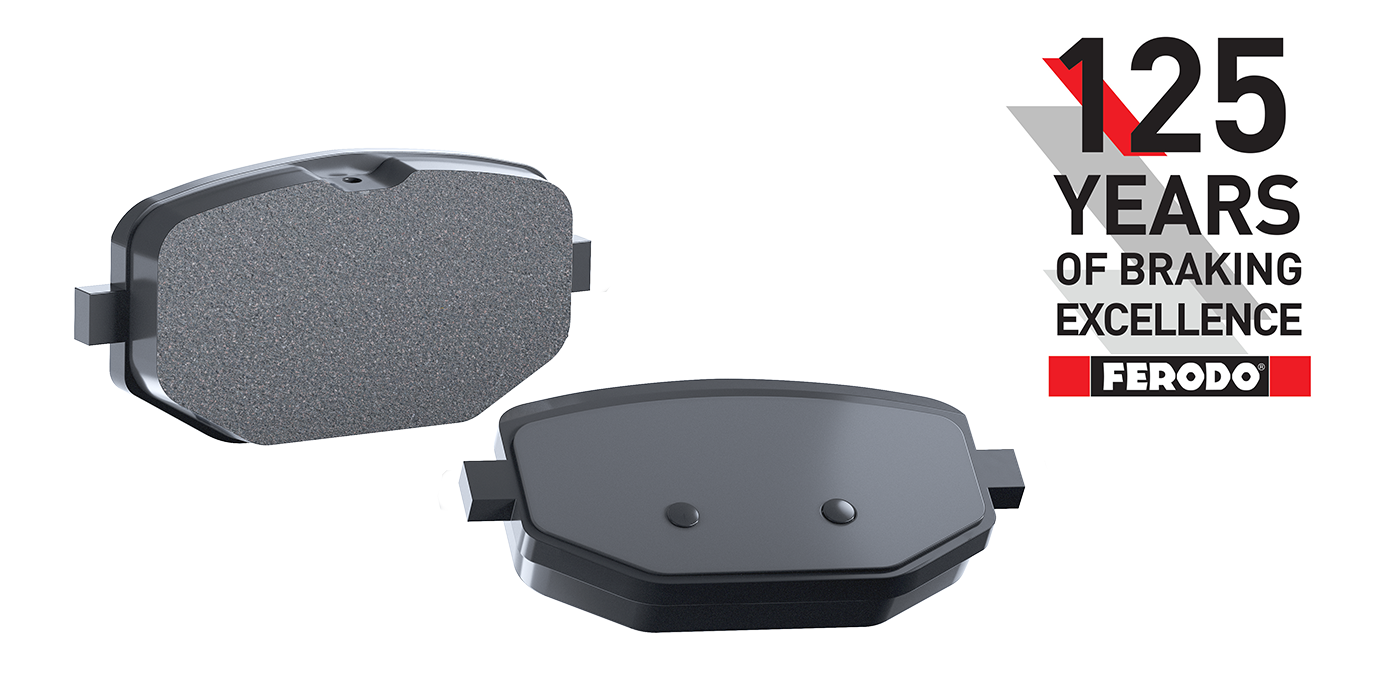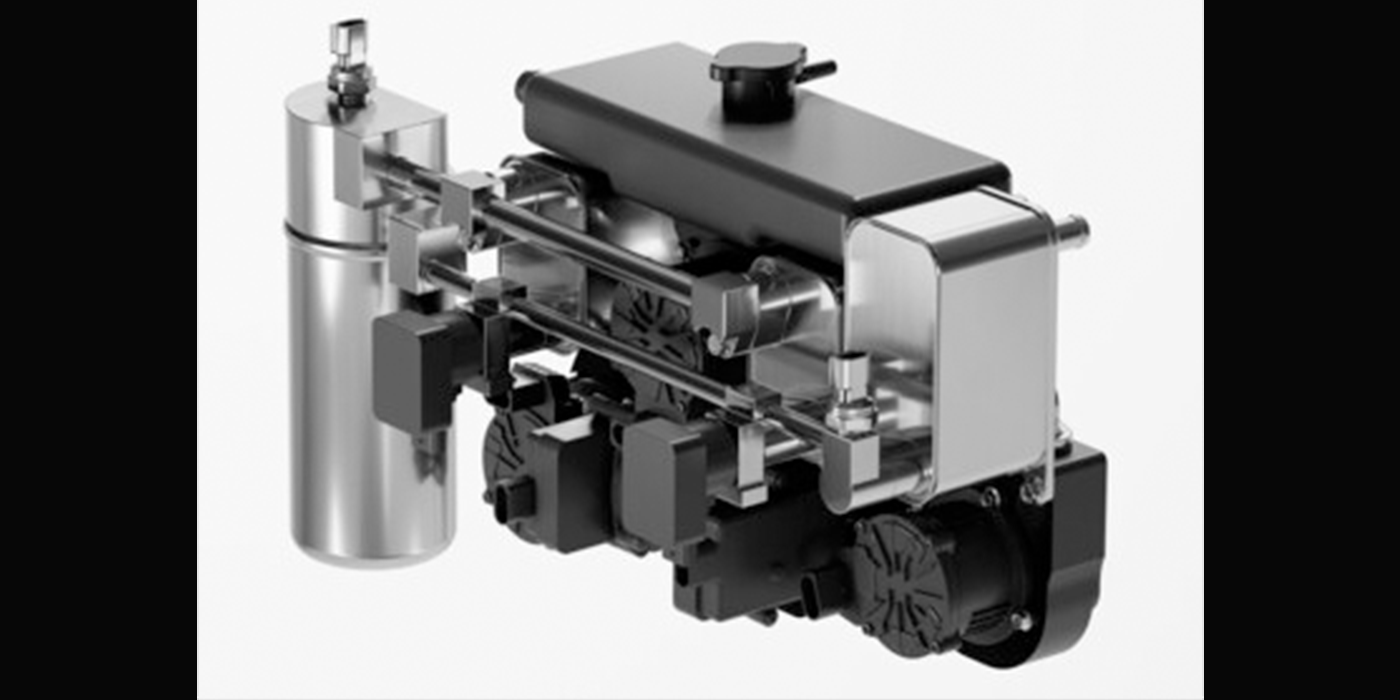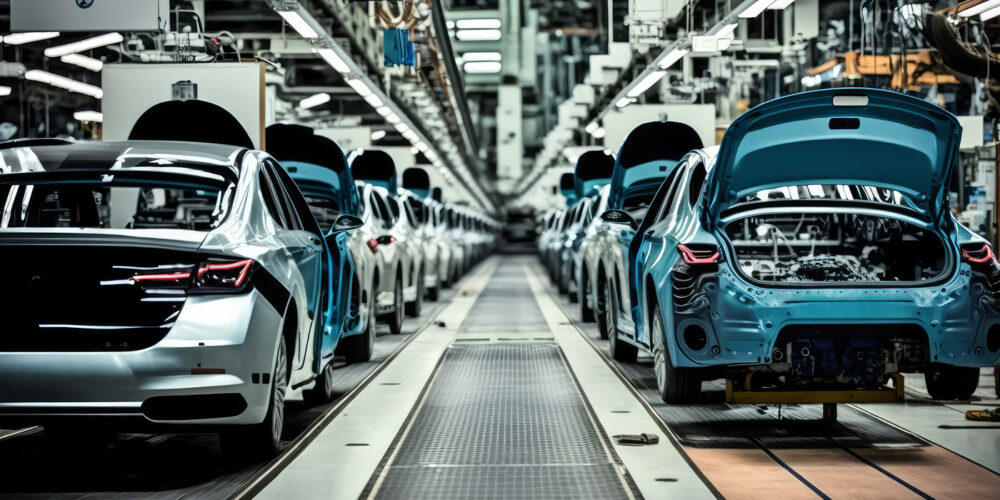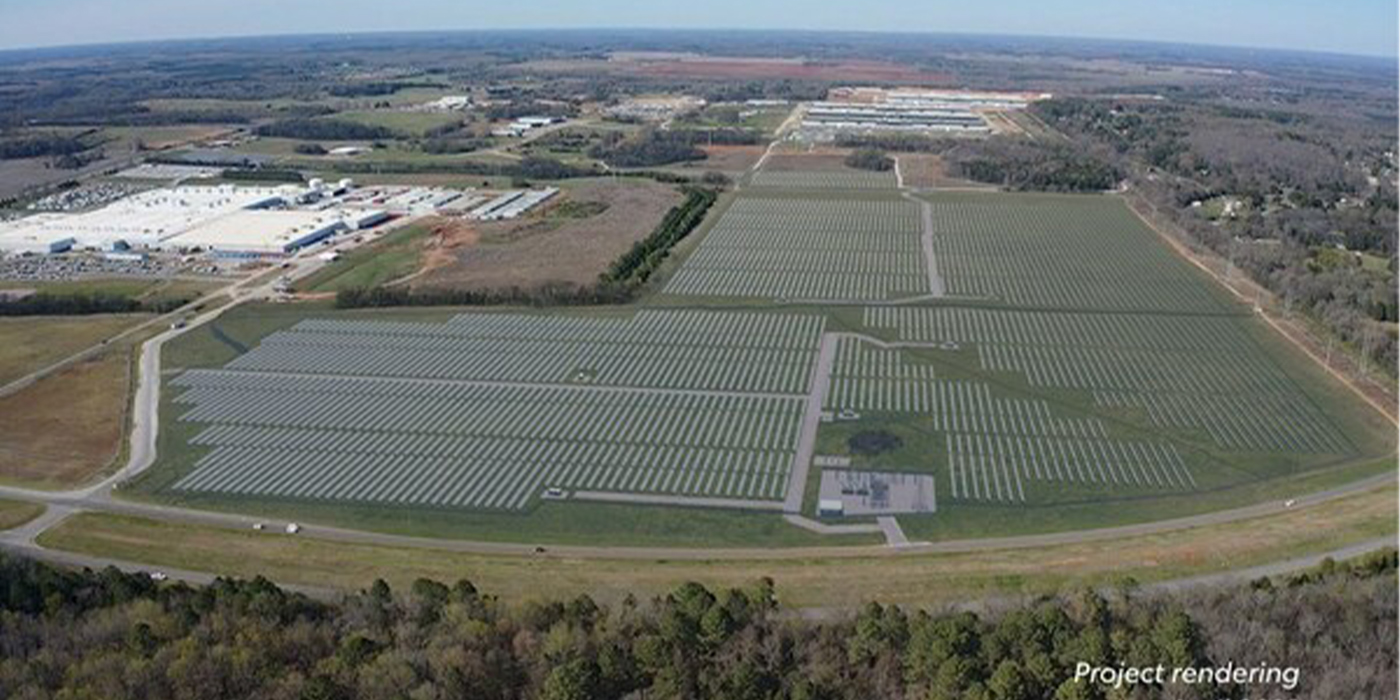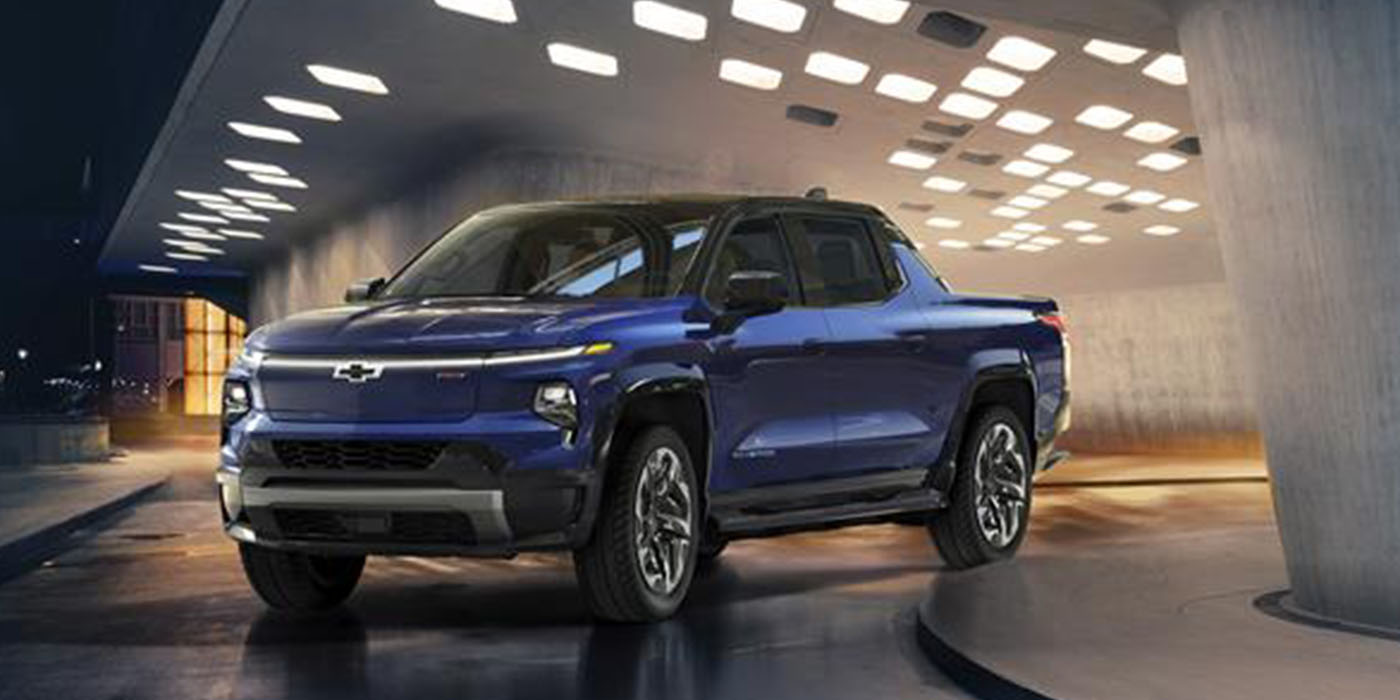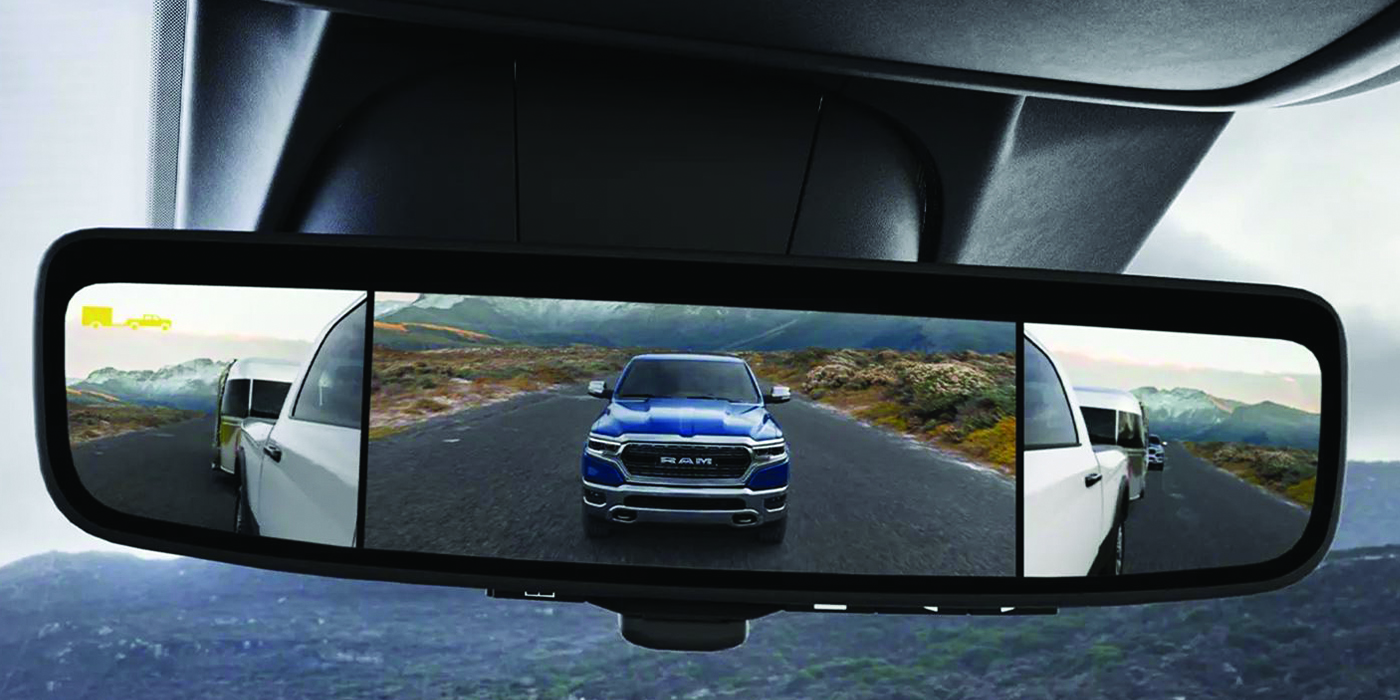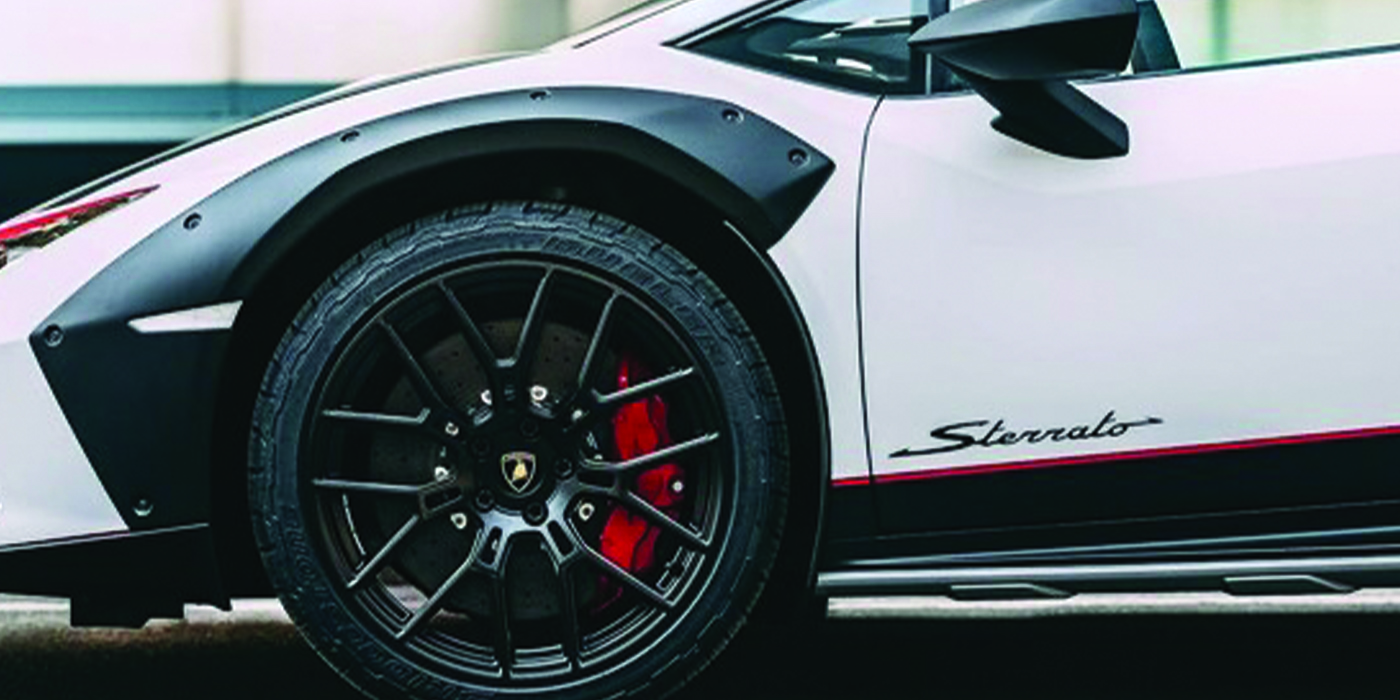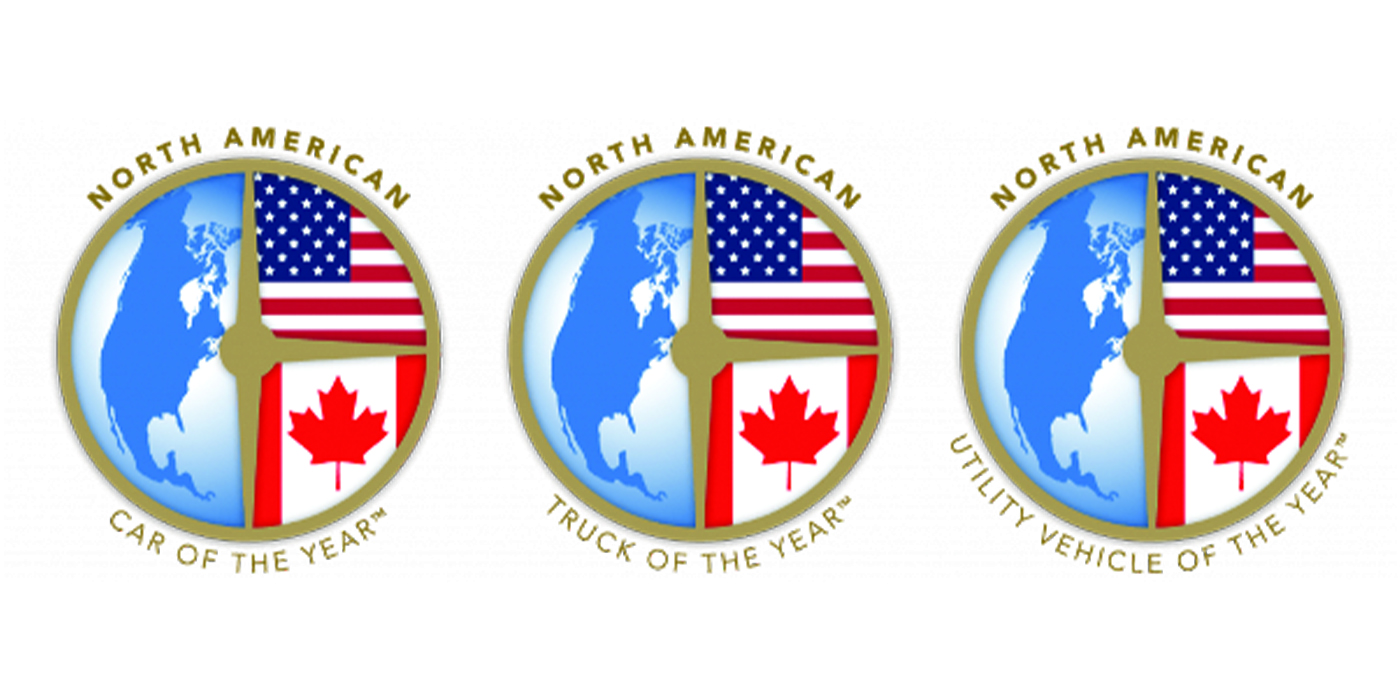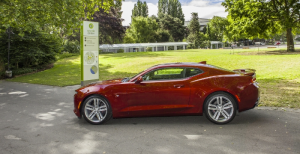 The U.S. Department of Energy (DOE) and General Motors Co. (GM) announced The Ohio State University as the overall winning team for the first year of the EcoCAR 3 competition, a four-year collegiate engineering program that gives students the chance to design, build and demonstrate cutting-edge, eco-friendly automotive technologies in the all-new 2016 Chevrolet Camaro. Virginia Tech and the University of Waterloo took second and third place respectively.
The U.S. Department of Energy (DOE) and General Motors Co. (GM) announced The Ohio State University as the overall winning team for the first year of the EcoCAR 3 competition, a four-year collegiate engineering program that gives students the chance to design, build and demonstrate cutting-edge, eco-friendly automotive technologies in the all-new 2016 Chevrolet Camaro. Virginia Tech and the University of Waterloo took second and third place respectively.
The competing 16 North American university teams gathered in Seattle for several days of judged competition. Throughout the events, teams put their designs to the test, giving presentations to industry and government professionals based on their mechanical, electrical, control strategies, project initiation approval, outreach, project management, trade show display and innovation topics.
The Ohio State team received a trophy and $10,000. The team earned a total of 937 points out of 1,000 and also took first place in the Communications and Project Management categories. Judges were impressed by their efforts in identifying a target market for their vehicle and branding strategy, including a memorable tagline: “Classic.Recharged.”
“EcoCAR plays a valuable role in the Department’s mission to develop and deploy advanced vehicle technologies that reduce emissions and increase efficiency, helping our planet and pocketbooks at the same time,” said Energy Secretary Ernest Moniz. “We look forward to seeing how the science and engineering workforce of tomorrow will tackle the challenge of creating clean and safe transportation in new and innovative ways.”
The first year of EcoCAR 3 emphasized the use of math-based design tools and simulation techniques for designing a successful vehicle architecture that reduces energy consumption, well-to-wheel greenhouse gas emissions and tailpipe emissions. Each team will receive their 2016 Camaro this fall. In years two, three and four, students will rebuild the vehicle based on their new architecture and continue to refine, test and improve the vehicle’s operation.
“Without having the full picture of the attributes of the new 2016 Camaro, the students from The Ohio State University were able to develop a strategy that can turn this high-performance vehicle into a cutting-edge, eco-friendly alternative,” said Al Oppenheiser, Chevrolet Camaro vehicle chief engineer. “Not only does the 2016 Camaro’s leaner, stiffer platform provide an optimal base vehicle for these students to achieve their powertrain goals, the exterior of the vehicle was designed to specifically enhance efficiency.
Established by DOE and GM, and managed by Argonne National Laboratory, EcoCAR 3 is the latest Advanced Vehicle Technology Competition (AVTC) aimed at developing the next generation of automotive leaders. The four-year program concludes in the summer of 2018.
Additional sponsors joining the DOE and GM include the following: MathWorks, California Air Resources Board, Freescale, Clean Cities, AVL Powertrain Engineering, Robert Bosch, LLC, ETAS, PACCAR, dSPACE, Snap-On, Siemens PLM Software, GKN Driveline, Transportation Research Center, Denso, Champlain Cable, Woodward, Proterra, Ricardo, Mentor Graphics, New Eagle, Tesa Tape, Vector, Delphi, EcoMotors, EPRI, A123 Systems and Flextronics.
EcoCAR 3 sponsors have provided more than $718 million in software, hardware and cash donations to the 16 participating universities in just the first year. The majority of this contribution is software, stressing the design emphasis of the program’s first year.

